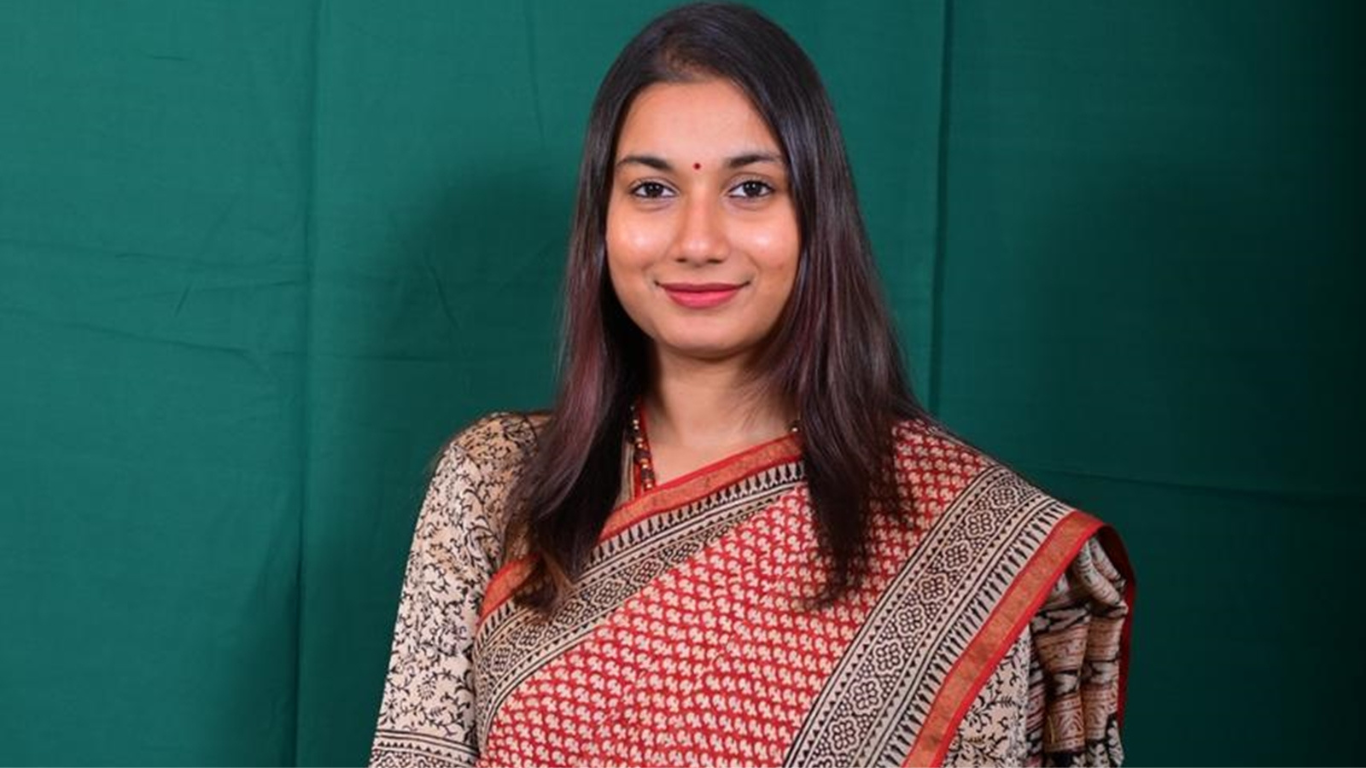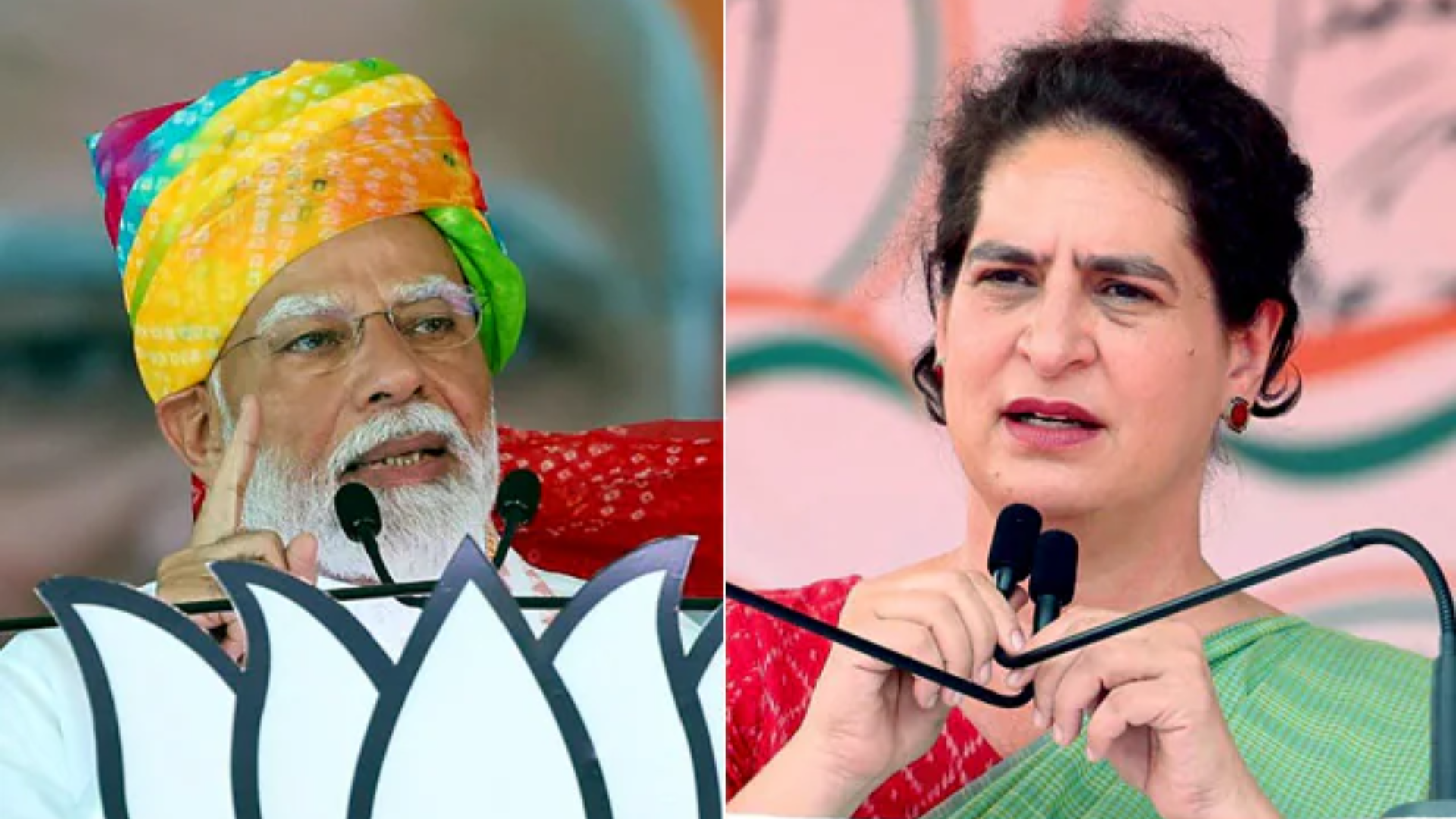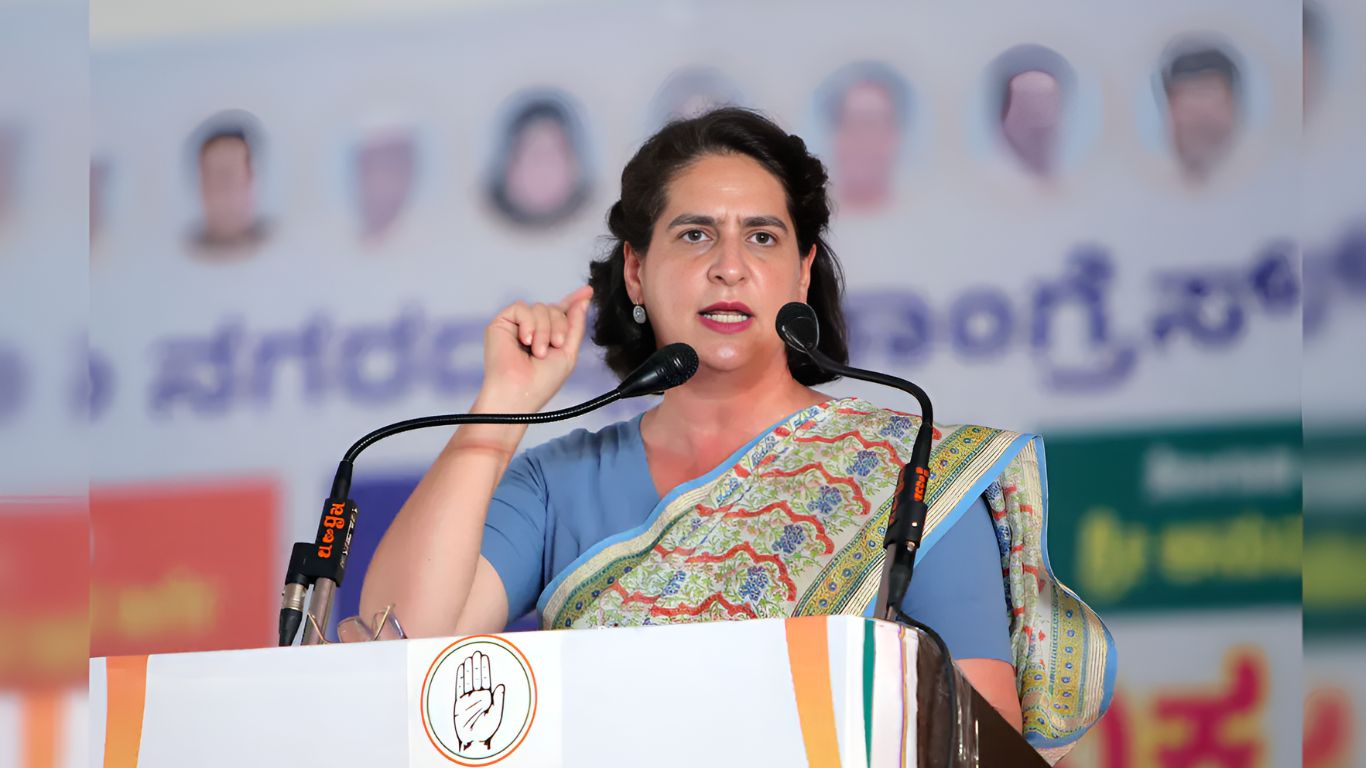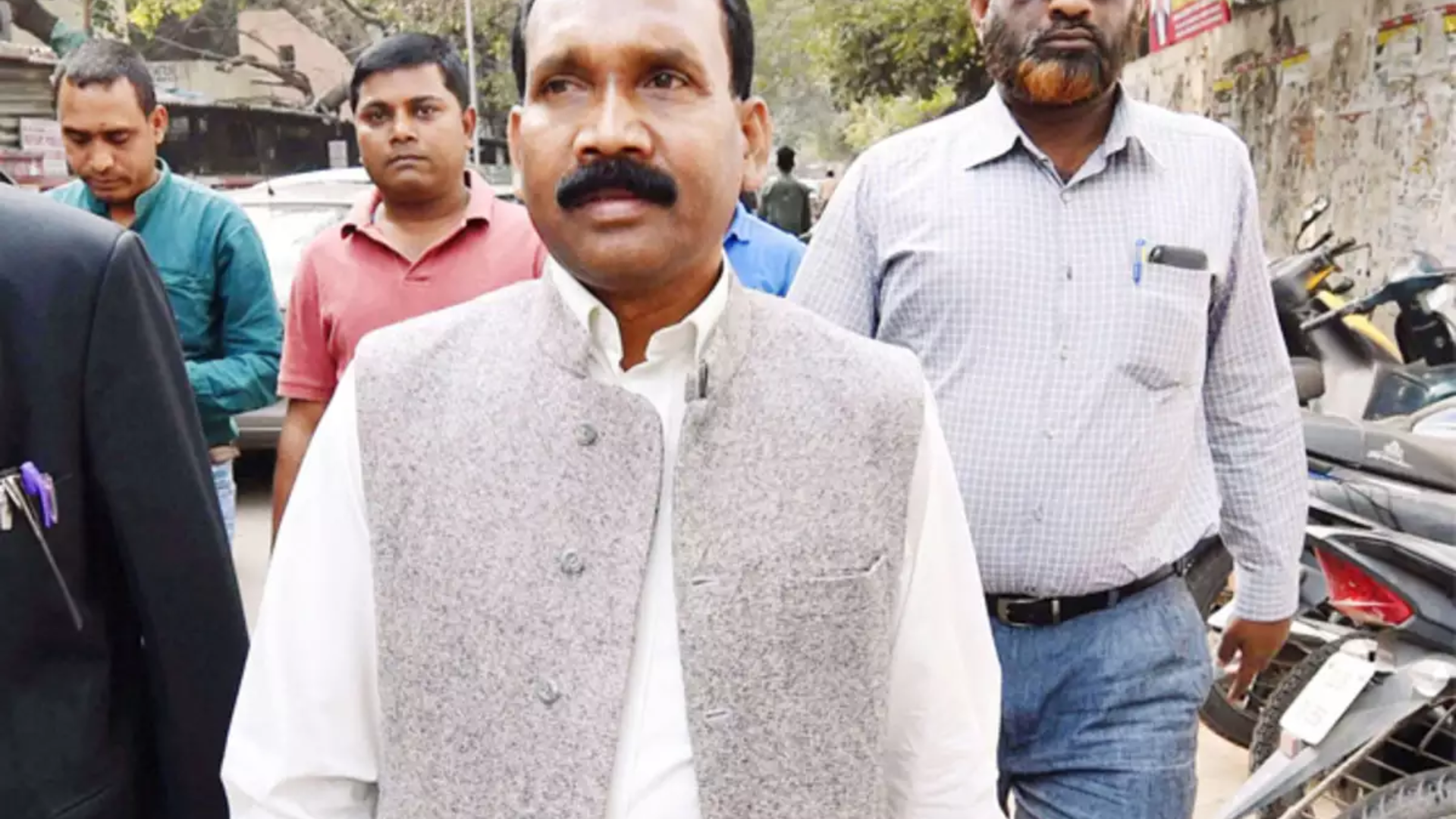


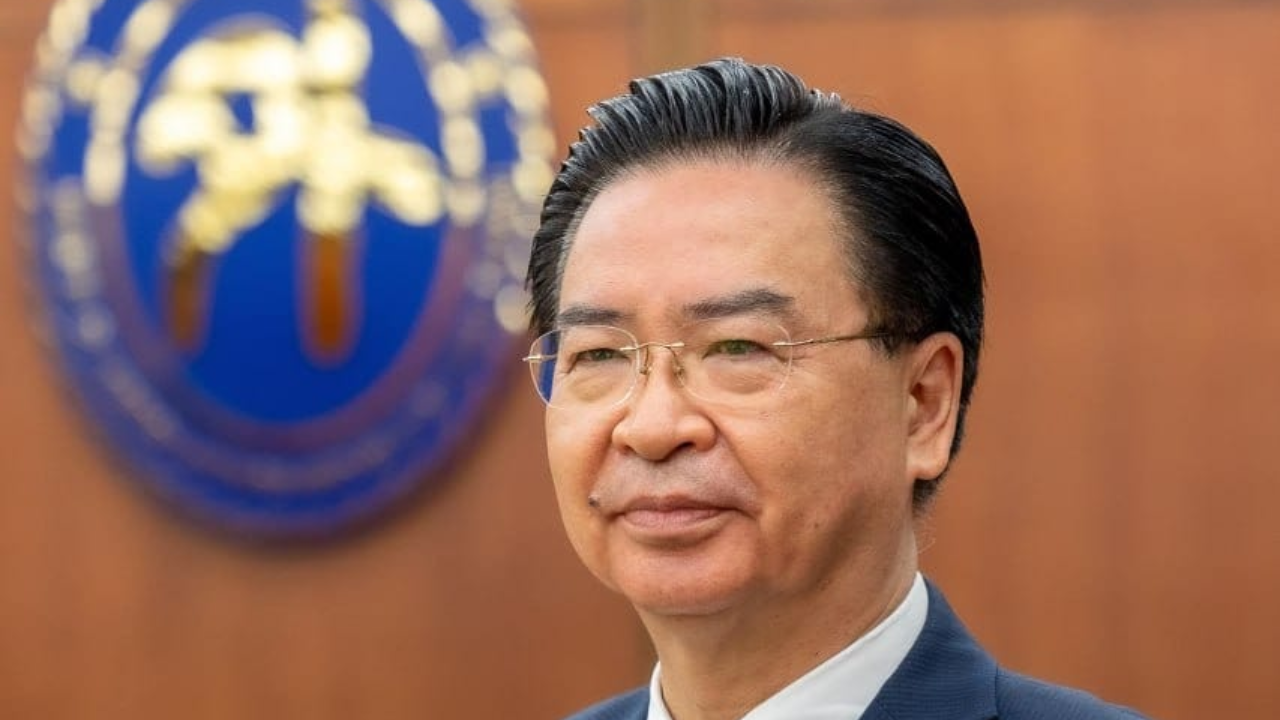
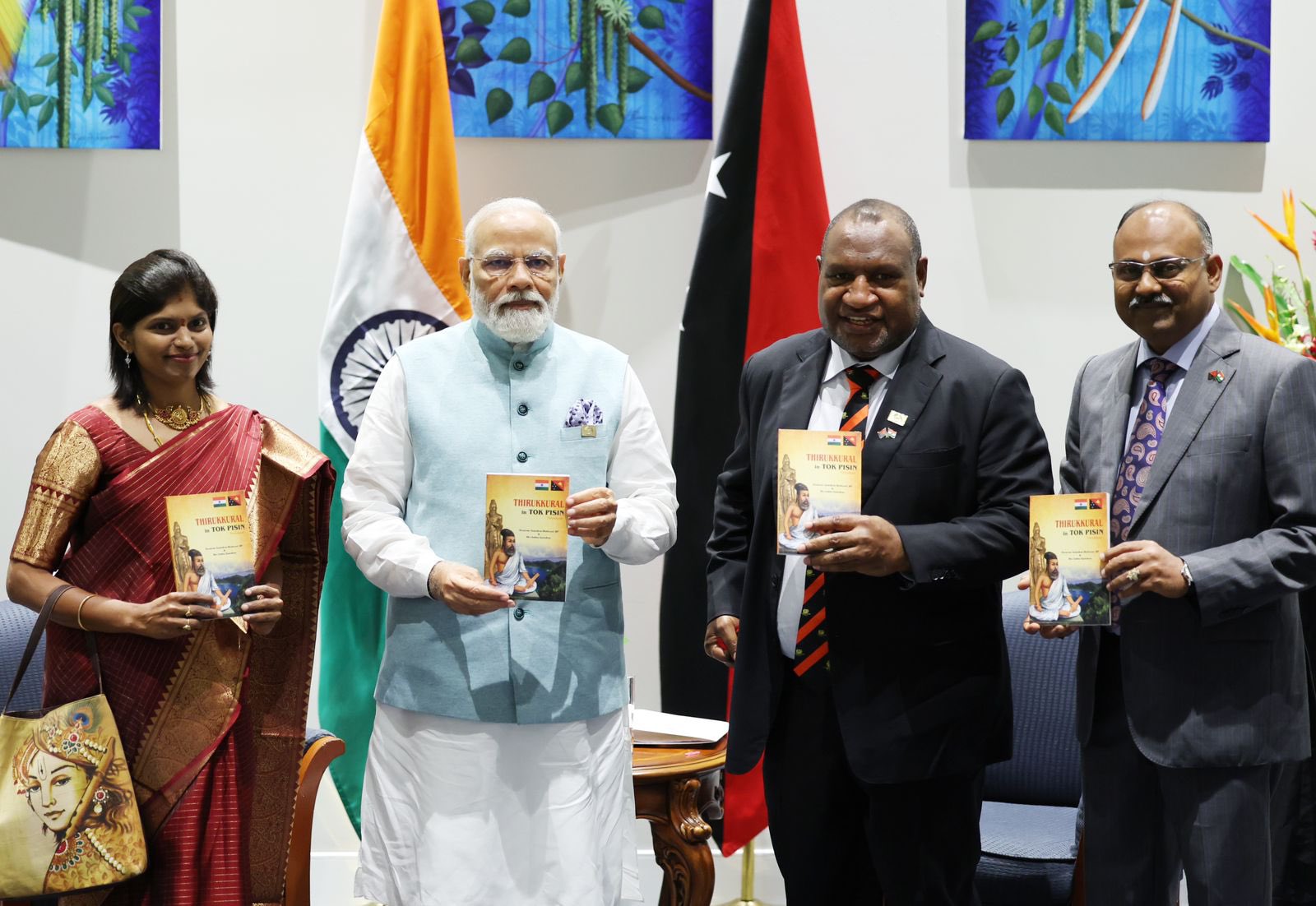
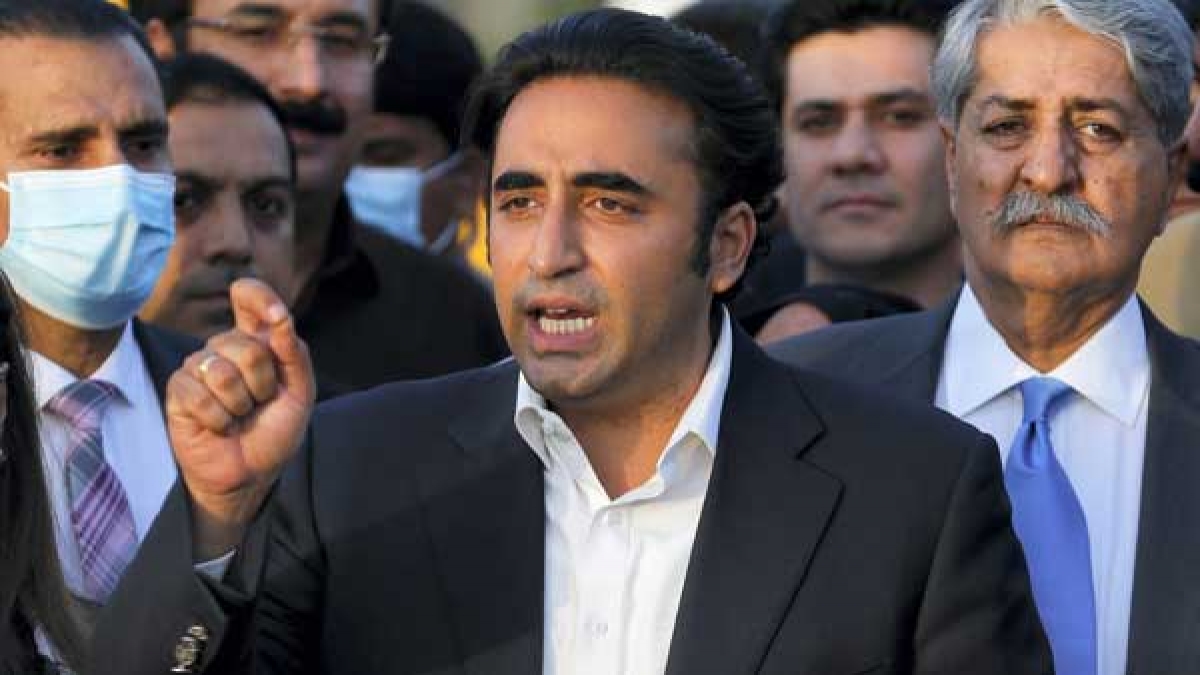

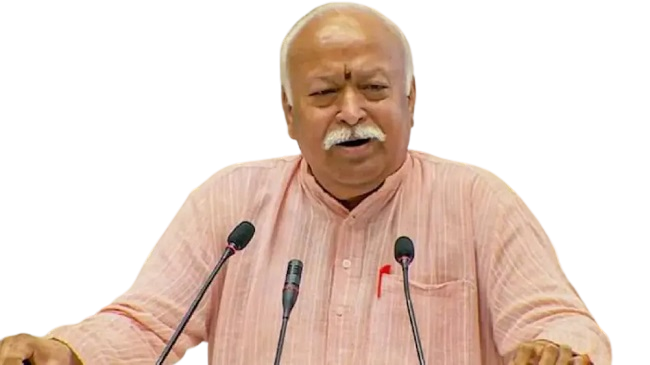
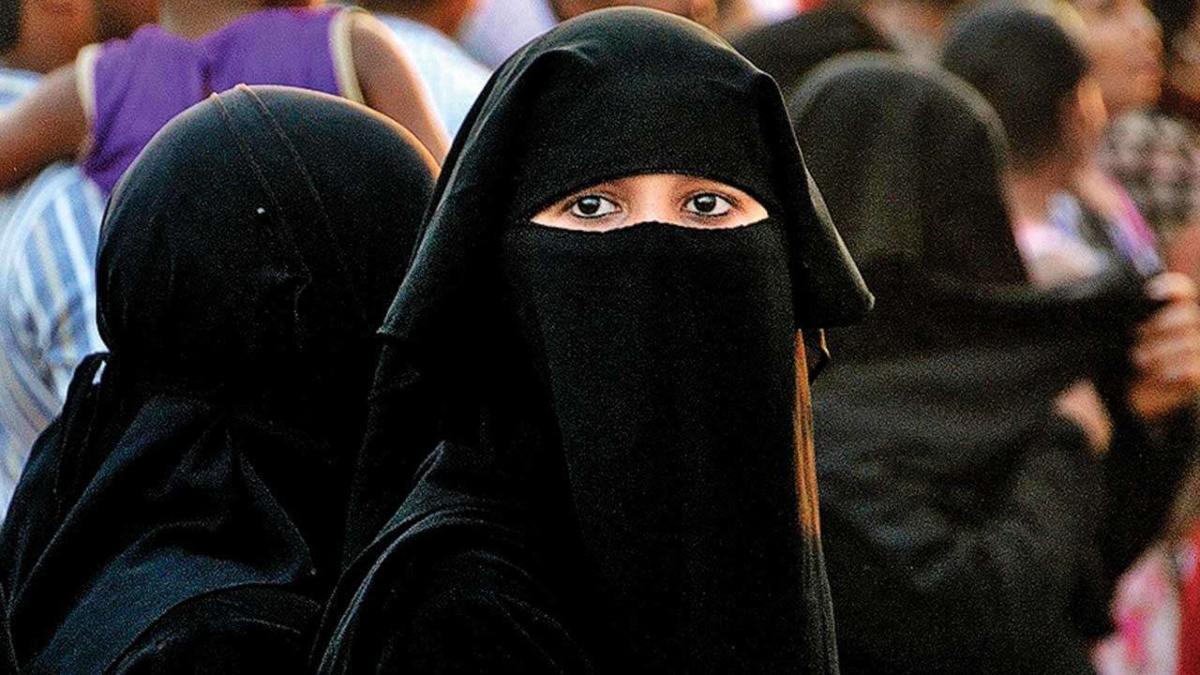


In his first press conference after the process of the Bihar Assembly election ended, Rashtriya Janata Dal (RJD) leader Tejashwi Yadav was asked two specific questions on the Mahagathbandhan’s (MGB)defeat. One, whether Asaduddin Owaisi’s party All India Majlis-e-Ittehadul Muslimeen (AIMIM) played a spoilsport in the Seemanchal region and if the Congress pulled down the Mahagathbandhan’s performance. Yadav answered in the negative for both of them.
So, if neither the Congress nor the AIMIM are responsible, why could the Mahagathbandhan not cross the half-way mark despite there being signs of anti-incumbency sentiment and economic distress in the state?
To answer this question, we need consider Chief Minister Nitish Kumar’s blow-hot-blow-cold relationship with the Yadav clan. The erstwhile Janata Dal was a formidable force in the united Bihar with caste leaders like Lalu Prasad Yadav, Sharad Yadav and Nitish Kumar with a towering figure in George Fernandes supporting them. The caste coalition with got disturbed on two counts. First, Janata Dal got divided into many constituents like Janata Dal (United) of Sharad Yadav, RJD of Lalu Prasad Yadav and Samata Party of Kumar and Fernandes. Second, Jharkhand was separated from Bihar in November 2000.
Also read: Chirag Paswan attempts what his father could not
Also read: The Rajya Sabha ruckus shows our troubles with governance
The results of these the two developments were that Kumar was unable to become a dominant player for a long time and the Muslim-Yadav combination that Lalu Prasad Yadav put up catapulted the RJD to power repeatedly, but only till the division of the state, thus changing the caste arithmatic forever. In every election since then, the RJD has remained short of the half-way mark on its own.
After Kumar ditched the RJD in 2017 and joined hands with the Bharatiya Janata Party (BJP) again, the then deputy chiefministerTejashwi has not been able to make find an alternative. Tejashwi understands that in order to gain majority in Bihar, he has to make alliances with parties that can bring the support of other caste groups. What he refuses to accept, though, is that it is possible only with the support of Kumar’s Janata Dal (United), or JD(U).
According to the post-poll data collected by the research institution Centre for the Study of Developing Socieites (CSDS), it was Yadavs, Muslims andRavidasandDusadhsDalits that stood with the Mahagathbandhan in 2020. To cross the half-way mark, the grand alliance needed more than this combination, which was compensated by JD(U) in 2015. Be it the Congress or the Left, both have been unable to bring in the support of castes that would traditionally not go with the RJD.
In 2015, the CSDS post-poll data showed that it was the National Democratic Alliance (NDA) that failed to hold its vote share among Dalits.Infact, it declined for the NDA in 2015. Now, five years later in 2020, it is the six percent swing towards the NDA among the Dalits that is making the difference. The data shows that Dalits move in the same direction in which JD(U) moves, which could appear counter-intuitive to some since Chirag Paswan’s Lok Janshakti Party claims to represent Dalits, which openly campaigned against Kumar’s JD(U) this time. Apart from Dalits, Kumar also brings in the support of Extremely Backward Classes (EBCs) that vote en masse for JD(U). The votes of women electors is a plus that he takes along with him.
Kumar’s party brought these X-factors, a fact that has been recognized by senior leaders of the RJD many times in the past. In September 2019, top RJD leaders like Raghuvansh Prasad Singh and ShivanandTiwary were in favour of bringing the JD(U) back in the RJD-Congress grand alliance. The media reportssaid that even the Congress was keen to bring back Kumar to make a larger coalition.
But the young Yadav remained adamant and maintained that Kumar had betrayed the grand alliance, and thus there could be no further alliance with him. The young leader, who seemed to have been hurt by Kumar’s action, didnot realise that egos had to be buried in politics for larger gains, a lesson hopefully learnt byhim in 2020, in the hardest way possible. It is important to note that Kumar ostensibly left the Janata family due to the dominance of the senior Yadav.
While the junior Yadav did show political maturity by aligning with the Left,his rival in some of the previous elections, it was too little to bring about any substantial difference. Also, since he got in the game of campaigning very late, he was forced to do multiple rallies in a single day. And that is why his rallies were just 15 minute long and could be called ‘TikTokRallies’.
These election results are similar to the one in 2015, with one major difference: this time, Tejashwi Yadav led the campaign on his own. Also, in the power structure, be it the family or the party, it had already been made clear that Tejashwiwould lead the party. Now what needs to be seen is how Tejashwi expands the caste-based support of the RJD beyond the existing arithmatic, which both he and his father failed to muster for 20 years now.
Disclaimer: Opinions expressed in this article are those of the author. They do not purport to reflect the views of NewsX.
The author is a communications professional and co-founder of RISAP, a political consultancy firm. He can be reached on Twitter at @samarthsaran.
Also read: Politicising the dead: Cancel the cancel culture





